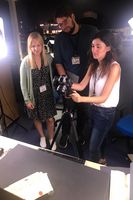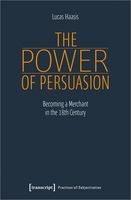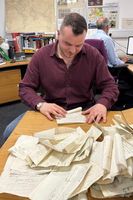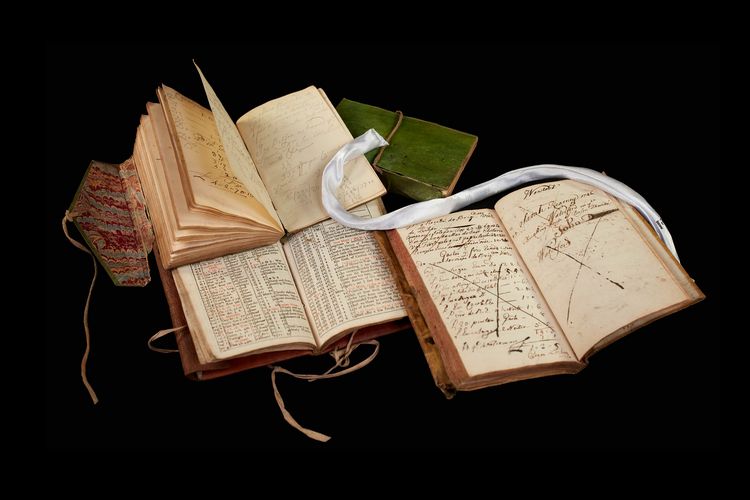Our Research
Our Research
Exploring the Stories behind the Sources
The Prize Papers Project not only provides cutting-edge research infrastructure but also facilitates a wide range of research activities. By nature of the collection, the Prize Papers are of interest to many historians, genealogists and the interested public. This webpage section invites you to explore the various research projects undertaken by our team.
At the heart of our project are the case studies, which exemplify the depth and breadth of historical insights that can be gained from our sources. Most of these case studies, published between 2022 and 2023, explore documents recovered from ships captured by the British during the War of the Austrian Succession (1740–1748). They are designed to introduce our visitors to the richness, character, and variety of the Prize Papers collection.
Our team is also involved in several projects and publications. Under “completed research”, you’ll have access to the finished dissertation projects and a comprehensive list of publications by our team members. “Current research” provides information about, you guessed it, ongoing (dissertation) projects and publications members of our team are currently working on.
The collection also inspires final papers by students at Carl von Ossietzky University of Oldenburg, further demonstrating the remarkable diversity and research potential of our archival holdings.

The voyage of Charles Harman:
Read more about our case study on the neutral ship
Juffrouw Elizabeth Galley

Dr. Lucas Haasis' Dissertation project and book:
“The Power of Persuasion”, Bielefeld: transcript publishers |
Columbia University Press, 2022.

Luan Cakolli scours sources from the Prize Papers Collection for traces of Freemasons.
Read more about his PhD Project here.
Research Potential
For historians, the intriguing nature of the Prize Papers collection (read more about it here) is how it was preserved. Usually, the material we find in archives is preselected and that multiple times. We rarely keep letters and other documents in the family beyond two generations. The addressee might throw them away once they read the letter, and even if they keep them, eventually, someone would get tired of moving all this paper. Another problem is that we often decide to keep what makes us look good. If private documents are to be archived at all, the need for space often necessitates an additional selection process. Hence, the more or less conscious act of preserving historical material influences what is accessible to us today and what kind of knowledge we can derive from it. Yet the prize papers are a time capsule: the selection of documents is essentially the same as it was at the point of capture, and they have stayed mostly untouched since then. Therefore, they reflect the point in time when they were taken. This is not a perfect representation, mind you, but a unique treasure of early modern letters, notebooks, judicial records, trading and naval documents and many more, which allows for an impressive bandwidth of research topics.
The microhistorical approach is deeply embedded in how our team conducts research. Granted, the collection is inherently suitable for a microhistorical approach: the different merchant archives and court cases allow us to zoom in on various historical actors or events within the broader context of prize taking, a symptom of an increasingly interconnected world shaped by global trade, international relations, and colonialism. This aspect alone provides unique access to research topics such as state-building, expansionist policies, and the effects of colonialism on various cultures and societies. Additionally, the collection contains sources on botany, languages, cartography, and other topics relevant to the history of knowledge. People wrote letters about how they perceive space and distance, how they see differences in culture and religion, and how they navigate those differences. Medical historians may be interested in descriptions of illness, as well as the medical knowledge and practices. We can trace what different ships had on board, what they traded, and when. Since bills of lading were also often transported with other vessels, the collection forms an excellent base for economic research on early modern trade connections and routes. While these sources provide valuable insights into the worldview of those who produced them, it is important to acknowledge that they also reproduce and reinforce contemporary colonial ideologies and narratives of oppression. This is an issue we aim to confront and reflect upon in our research. It opens up rich avenues for postcolonial inquiry, allowing us to question dominant narratives and seek out silenced or obscured voices in the archive.


